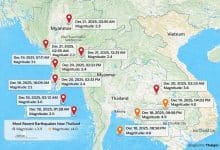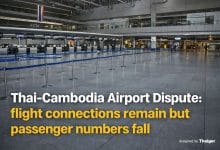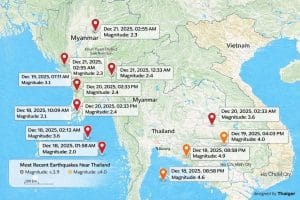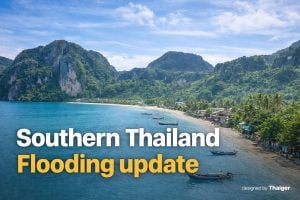Thailand’s aviation hub vision depends on domestic travel options

For Thailand to recognise its goal of becoming a regional aviation hub by 2030, a stronger emphasis must be placed on enhancing its domestic travel capabilities by integrating and developing the various transport modes currently available.
Managing Director of Alton Aviation Consultancy, Mabel Kwan emphasised the importance of collaboration within the aviation ecosystem, involving airlines, airports, customers, ground handling, and transport connectivity.
The Thai government plans to expand Bangkok’s two airports, build new airports in Chiang Mai and Phuket, and conduct feasibility studies for airports in second-tier provinces.
Kwan highlighted the need for multi-modal development, ensuring seamless connections between roads, railways, and airports. Roads and railways can serve as feeders, bringing passengers from nearby cities to airports.
“Unlike Singapore, Thailand can leverage its large population to drive domestic and origin-destination traffic, not just transfer traffic.”
She added that capturing more international transit traffic is not essential for Thailand to become an aviation hub, citing China and India’s strong domestic travel and international connectivity. Having an international hub like Suvarnabhumi International Airport is still crucial for congregating international traffic before distributing passengers to domestic destinations.
Shift focus
Given Thailand’s lower GDP per person compared to Singapore and Malaysia, Kwan suggested prioritising domestic travel. People typically start with domestic travel before moving to short-haul destinations, eventually considering long-haul travel as incomes and economic development rise.
Kwan urged relevant agencies to assess both local demand and tourism perspectives when developing new airports to ensure they are appropriately sized and equipped. In some areas, roads or railways might serve as viable alternatives to airports.
The aviation industry in the Asia-Pacific region is expected to remain a global growth engine, with many countries having development plans. Alton Aviation’s report indicated that Asia-Pacific’s revenue passenger kilometres last year reached 86% of the 2019 level, while seat capacity recovered by 94%.
The report forecasted a 0.5% net profit margin for airlines this year, marking the first time in four years that the industry is expected to avoid a loss.
The report noted that Asia-Pacific, which reopened later than other regions, is anticipated to return to pre-pandemic levels in two years, driven mainly by South Asia and China. Thailand, however, lags behind its neighbours due to the slow resumption of China routes. Nonetheless, Kwan sees the mutual visa-free policy as crucial in continuing to boost travel demand.
Challenges remain for the aviation industry, including long queues for aircraft delivery, supply chain disruptions, labour shortages, and expense management amid high interest rates, reported Bangkok Post.
Latest Thailand News
Follow The Thaiger on Google News:


























